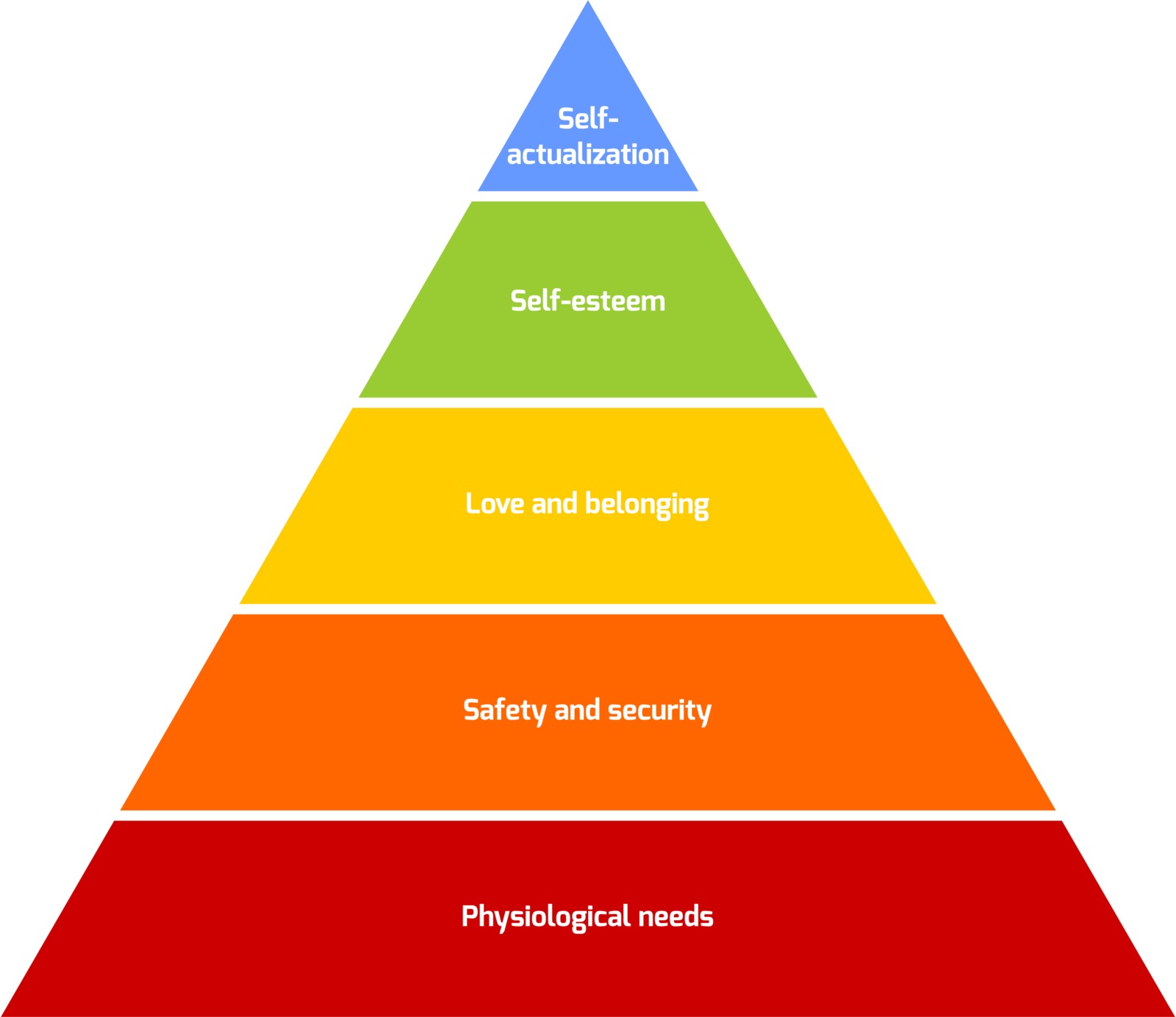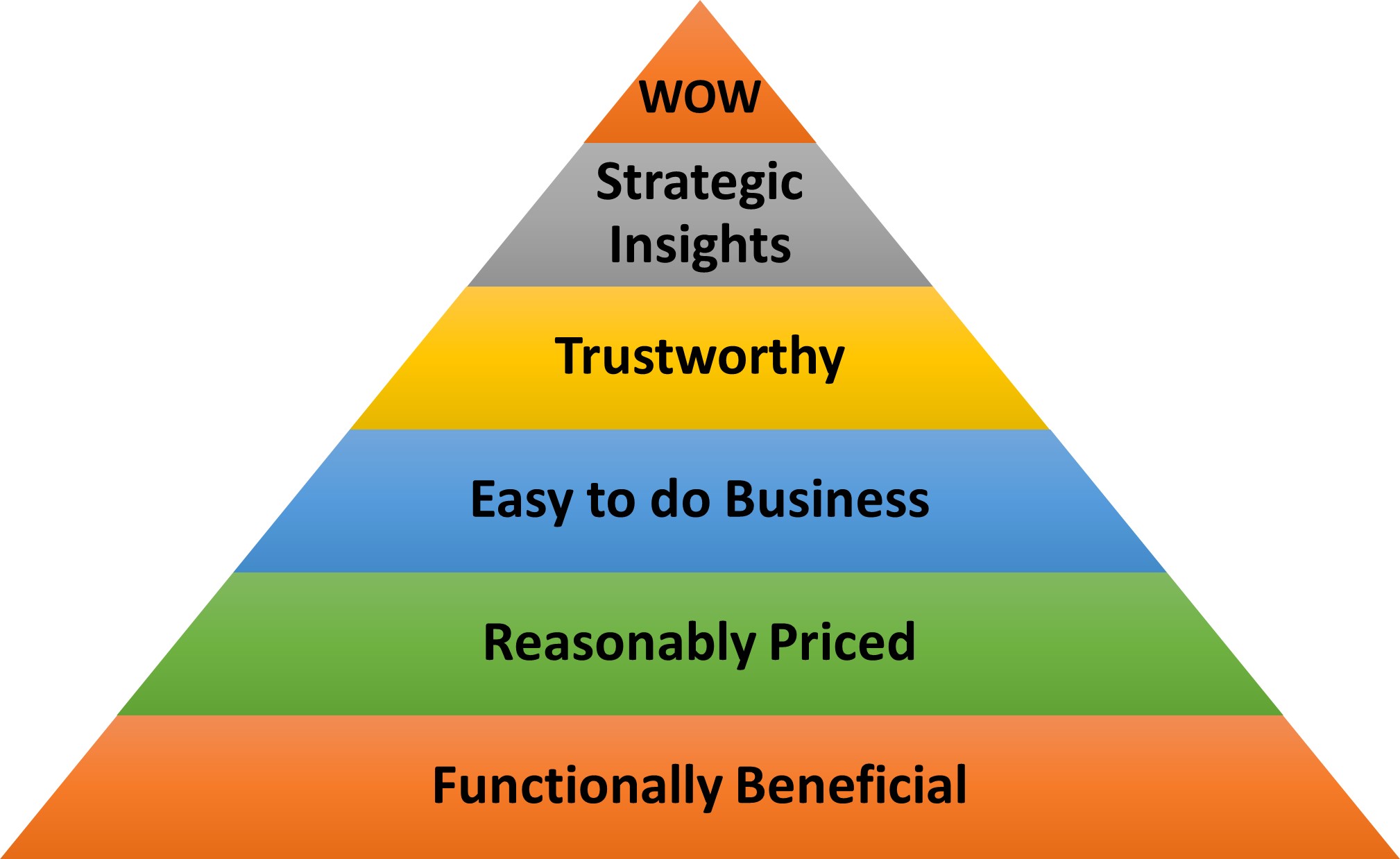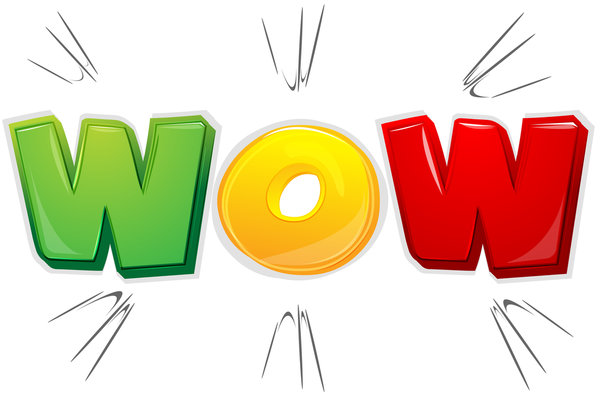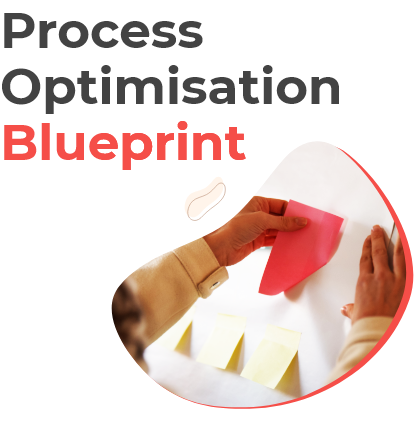Maslow’s Hierarchy of Needs for Customer Service Delivery

It’s almost impossible to think of any business thriving or sustaining without connecting or engaging with their customers today. The core of customer service delivery is to create the WOW factor – on top of the actual product or service they’re paying you to deliver.
A common customer behaviour – especially in the digital age – is to research several options before making their decision. Your organisation is being judged, assessed and compared even before you know the customer exists.
But, if you can deeply understand some basic human behaviour, you stand a much better chance of winning a potential customer over and keeping them on side.
- Human Behaviour and Customer Needs
Famous psychologist Abraham Maslow, in his paper on the ‘Theory of Human Motivation’ proposes that people are motivated to satisfy several needs, and that some needs take precedence over others.
Maslow also suggests that human needs are arranged in a hierarchical pyramid, with basic physiological needs at the lowest rung of the pyramid and self-actualisation at the highest, interspersed with three other stages that humans experience until they reach their final goals, as explained in the picture below:

Physiological needs include basic necessities, while belongingness and love encompass friendships, intimacy, and family; esteem depicts dignity, independence and a sense of achievement to attaining respect in society, and self-actualisation is about morality, acceptance, inner potential, and purpose.
The arrangement of the pyramid is such that once the basic physiological needs are met, a desire to elevate and achieve the next level emerges.
2. Understanding customer needs in a B2B environment
Maslow’s hierarchy of needs fits beautifully in the B2B environment where customer satisfaction and loyalty are key. To understand how this theory can be put into practice in B2B, let us create our own pyramid to analyse the decisions of a customer:

- Functionally Beneficial
The customer feels that the product provides the functional benefits they expect from it and is found reliable after thorough research, or the initial call or meeting to understand a product.
- Reasonably Priced
The product or solution can be purchased at a price within reach and promises an acceptable return on investment in solving a customer’s business challenges.
- Easy to do Business
The tool or solution and the company is professional and offers a guaranteed fruitful business relationship and customer service in terms of responsiveness and product support.
- Trustworthy
This includes attributes such as whether the information shared by the company is accurate and truthful, whether it is consistent in fulfilling its commitment to its customers and whether the product puts the customer’s feedback and interests on par with its own.
- Strategic Insights
The company and/or the product is constantly able to provide strategic insights to help a customer solve his/her business bottlenecks, give the company the competitive edge, and the scope to identify and explore new business avenues.
- Creating the WOW Factor
The WOW factor happens only when individuals offering the product or service walk with the customer from the beginning of their journey and are key influencers in sustaining the business relationship with their impeccable customer service year on year.
As you can see, Maslow’s hierarchy enumerates the order in which customers prioritise each of their needs. Customers generally focus on the needs at the bottom of the hierarchy first. When those lower-level needs have been met, their focus shifts to the need in the next higher tier. The hierarchy is a representation of how customers think and evaluate their experiences with a company, product, or service.
How does your customer service delivery deliver the wow factor?
3. Excelling at Customer Service
When a customer first comes across a product a service, the functional benefits it would offer to his/her organisation comes first, followed by its price affordability. When they are fully convinced about its functional and economic aspects, the need shifts to how easy it was to do business with the company offering the product and when that is satisfactory, the focus shifts to how trustworthy and transparent the company has been in fulfilling its customer promises and commitments.
It is, however, important to keep in mind that the above process is continuous and does not stop when the customer’s needs have been initially satisfied. Their satisfaction levels should be consistent, else, it would again become the customers’ primary focus (and they would return to the bottom of the pyramid).

It is the duty of every business to solve customers’ problems and most businesses excel in it. The differentiating factor, therefore, for support teams would be based on who is ready to go the extra mile to proactively gauge their customer’s needs even before it comes from them.
“Good” is not really enough — businesses must do everything they should to make their customer feel the “Wow” factor!
We’d love to know how are making your customer service delivery stand out from the crowd?
Are you tired of…Messy, manual processes that can't be scaled?
We work with operations leaders looking to digitally transform their manual back-office processes and procedures.
We combine your existing business processes with our software, plus decades of enterprise process re-engineering and change management experience to quickly scale and see the results you are looking for.





